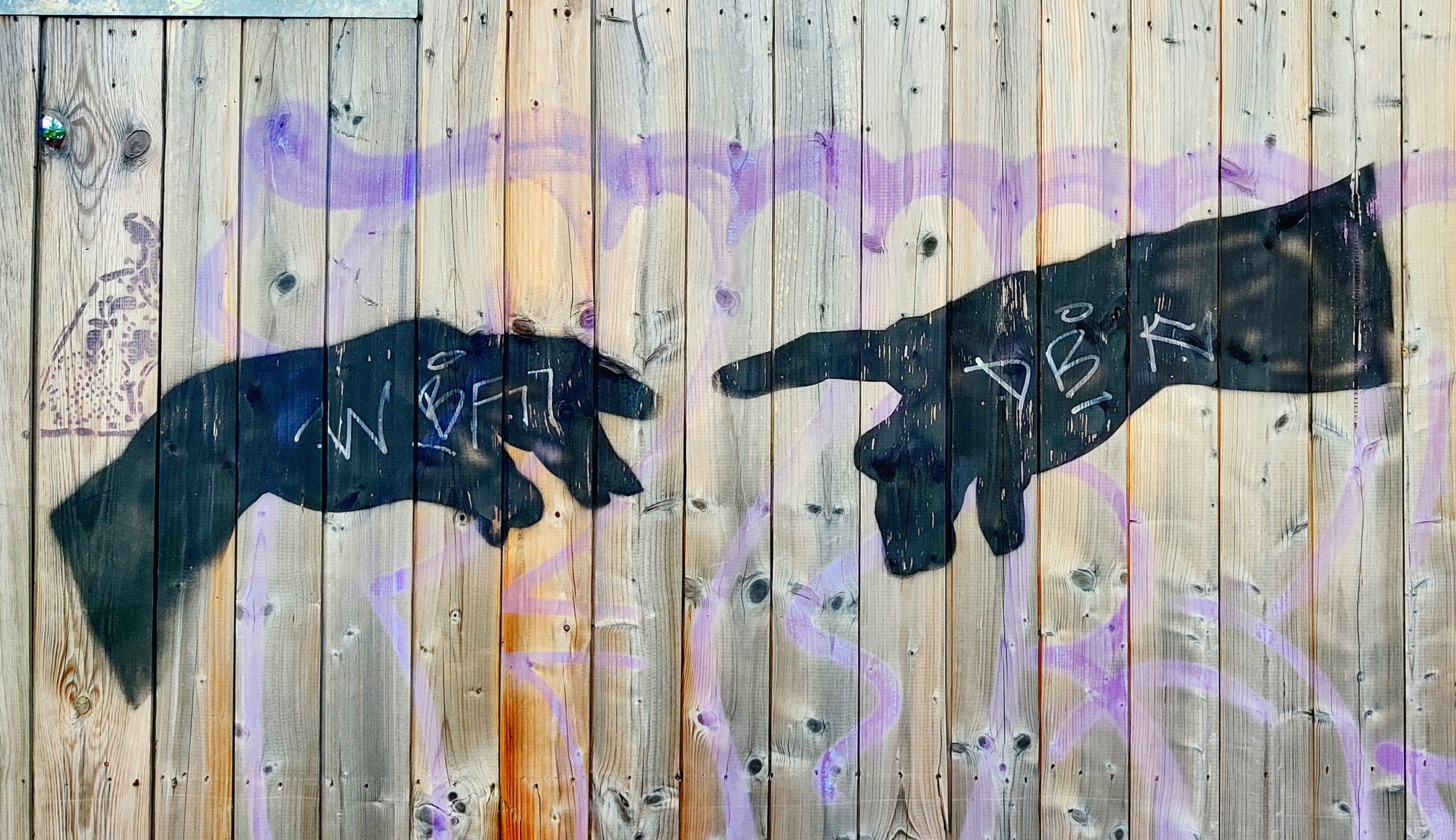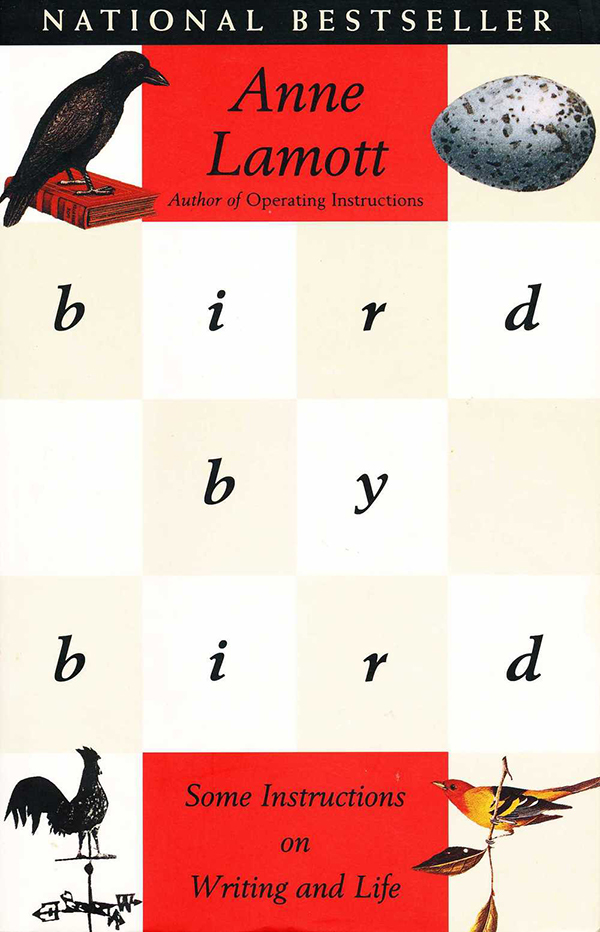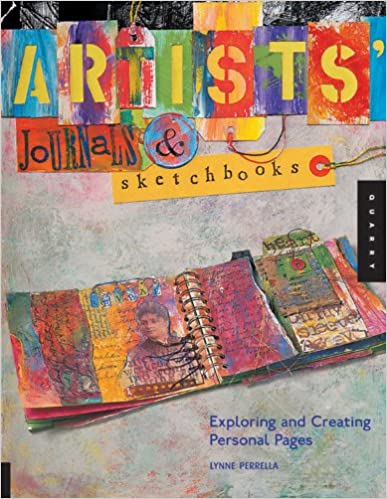Tag: books
-

These Past Months
•
The summer solstice fell on June 21st this year. Then the midway point of 2023 passed, and I finished James’ Clear‘s Atomic Habits a few weeks later. All of this has culminated in a pressing need to take a moment to pause, be present, and ask myself: How are things…
-

Bird by Bird
•
I just finished reading Anne Lamott’s insightful (and wickedly funny) Bird by Bird: Some Instructions on Writing and Life.
-

Books About Art Journaling
•
A selection of books about art journaling and creating that I’ve owned and loved over the past 15+ years (and a few I still have on my wishlist).
